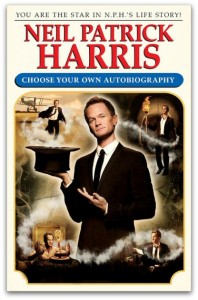A look into one of the world’s strangest, and rarely used, literary devices.

First person is another style, generally reserved for memoirs in which the author is telling their life story from their own point of view. It’s also very frequently used in novels—a character in the story is relating their tale as it happens, or as it happened. It can be from the point of view of the main character (like Gulliver’s Travels) or a side character/observer (The Great Gatsby).
“Second person” is a narrative mode that exists but is rarely used, probably because it’s kind of awkward. If first person is in the voice of “I” and third person is in the voice of “they,” second person is in the voice of “you”—the story being told is happening to, from a literary point of view: YOU.
In fact, it’s only been attempted a relative handful of times in Western literature. Jay McInerney’s 1980s tale of New York excess Bright Lights, Big City is the most famous example, which critics hailed as making the narrative feel very alive and vital (after all, it was happening to “you,” as you read).
If you grew up in the 1970s or 1980s, you probably read a Choose Your Own Adventure book. The game-like books, in which the reader made a choice at the end of a passage, affecting what happens next, and allowing for dozens of possible reading experiences, sold millions. Actor and performer Neil Patrick Harris devoured the series as a child, which is why he decided to use the CYOA format for his new memoir, Choose Your Own Autobiography. Most of the book is true, and because it allows for reader choice, some of it isn’t. At any rate, it’s probably the first time an author chose to write a book about “himself” in a way that the reader reads a book about themselves.







